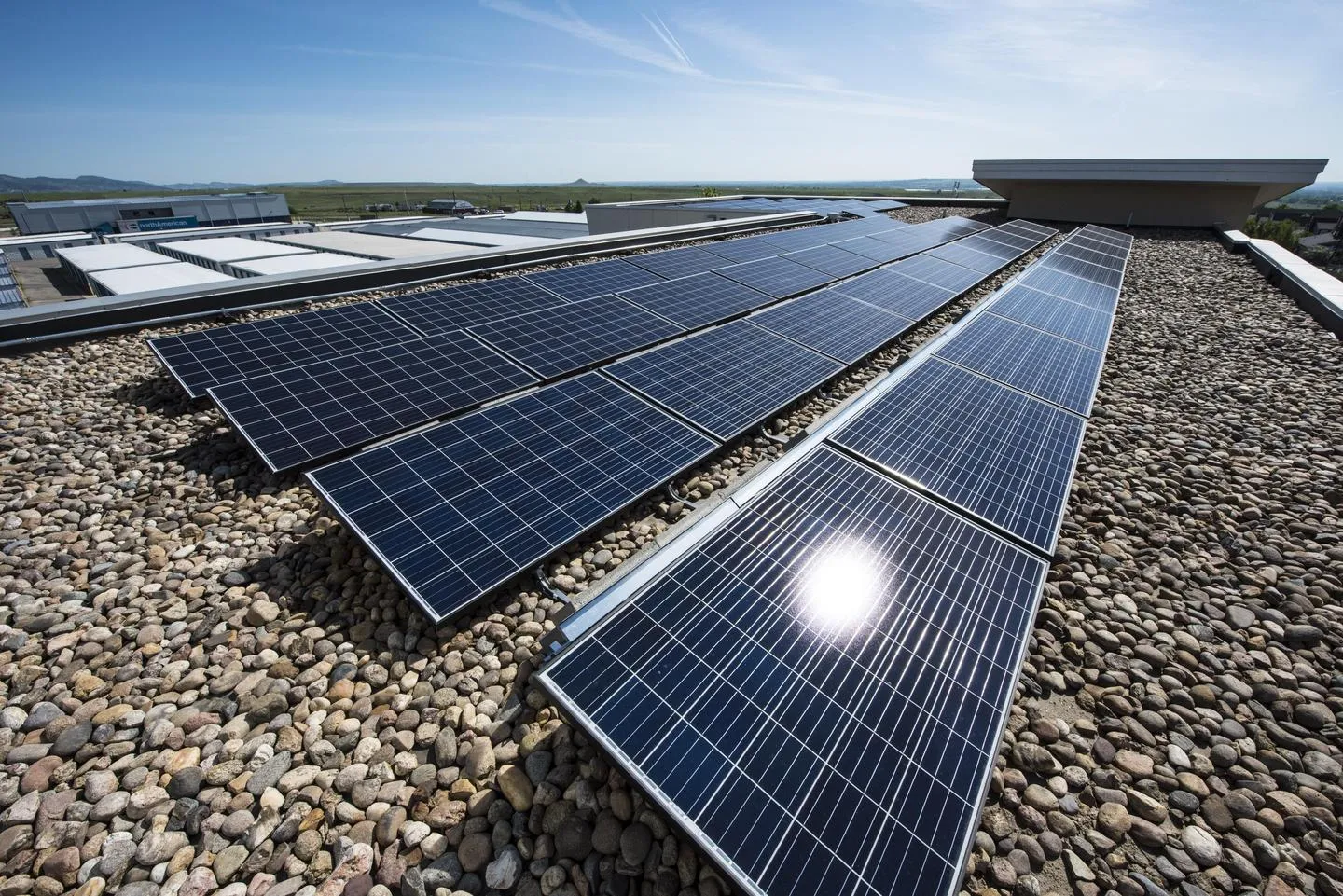solar panel dimensions in meters
Understanding Solar Panel Dimensions A Key to Efficient Energy Production
As the world moves towards sustainable energy solutions, solar power has emerged as one of the most promising renewable energy sources. Solar panels, also known as photovoltaic (PV) panels, convert sunlight into electricity, making them a vital component of solar energy systems. An essential aspect to consider when planning a solar installation is the dimensions of solar panels, which are typically measured in meters. In this article, we will explore the various dimensions of solar panels, their implications for efficiency and installation, and how they contribute to the overall effectiveness of solar energy systems.
Standard Dimensions of Solar Panels
Most solar panels available in the market come in standard sizes, which can vary depending on the manufacturer and the technology used. On average, residential solar panels are usually around 1.6 meters in length and 1 meter in width, with a thickness that ranges from 3 to 4 centimeters. This sizing translates approximately to a surface area of 1.6 square meters per panel.
Commercial solar panels are typically larger, often measuring about 2 meters by 1 meter. With a larger surface area of around 2 square meters, these panels can generate more electricity, making them suitable for large-scale installations such as solar farms or industrial applications.
Impact of Dimensions on Power Output
The dimensions of a solar panel play a crucial role in determining its power output, commonly measured in watts (W). Larger panels with increased surface areas can capture more sunlight, which translates into higher energy production. However, the efficiency of the solar cells used in the panels is equally important. Most modern solar panels have an efficiency rating between 15% and 22%, meaning they convert that percentage of sunlight into usable electricity.
For instance, a standard 300W solar panel with dimensions of 1.6m x 1m can produce around 300 watts of energy under optimal conditions. In contrast, a larger panel with a higher efficiency may produce more energy despite similar dimensions. Therefore, when selecting solar panels, both the dimensions and the efficiency of the technology should be taken into account to maximize energy yield.
Considerations for Installation
solar panel dimensions in meters

When planning a solar panel installation, the dimensions of the panels significantly influence several practical factors
1. Roof Space The size of your roof directly affects how many panels you can install. If the roof space is limited, it’s essential to choose panels that are compact yet efficient. On the other hand, larger roofs provide more flexibility to accommodate larger or more numerous panels.
2. Weight and Structural Integrity As solar panels are installed on roofs, their weight is an essential consideration. Standard panels weigh between 15 to 25 kilograms each. Thus, it’s necessary to ensure that the roof can support the cumulative weight of the panels without compromising structural integrity.
3. Aesthetics The dimensions and arrangement of solar panels can also impact the visual appeal of a building. Homeowners may prefer sleek, smaller panels that blend seamlessly with the roof design, while commercial installations might prioritize capacity over aesthetics.
4. Local Regulations Some jurisdictions have specific regulations regarding the size and placement of solar panels. These may affect permissible dimensions based on zoning laws and building codes, making it crucial to consult with local authorities during the planning phase.
Future Trends in Solar Panel Dimensions
The solar technology industry is continuously evolving, and advancements in materials and design may lead to changes in panel dimensions in the future. Innovations like bifacial solar panels, which capture sunlight from both sides, and building-integrated photovoltaics (BIPV), which are incorporated into building materials, may alter traditional dimensions. These advancements can optimize energy production while offering more flexibility in installation options.
In conclusion, understanding solar panel dimensions in meters is vital for anyone considering solar energy systems. The size of the panels affects power output, installation feasibility, and even aesthetics. As the technology matures, keeping abreast of dimensions and innovations in solar panel design will be essential for maximizing the benefits of solar energy. Embracing these changes not only contributes to personal energy savings but also supports global efforts towards a sustainable future.
-
Unlocking Energy Freedom with the Off Grid Solar InverterNewsJun.06,2025
-
Unlock More Solar Power with a High-Efficiency Bifacial Solar PanelNewsJun.06,2025
-
Power Your Future with High-Efficiency Monocrystalline Solar PanelsNewsJun.06,2025
-
Next-Gen Solar Power Starts with Micro Solar InvertersNewsJun.06,2025
-
Harnessing Peak Efficiency with the On Grid Solar InverterNewsJun.06,2025
-
Discover Unmatched Efficiency with the Latest String Solar InverterNewsJun.06,2025







